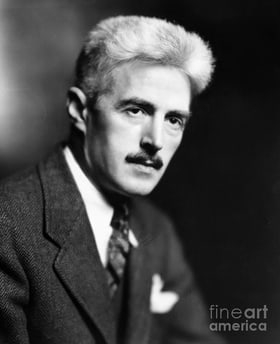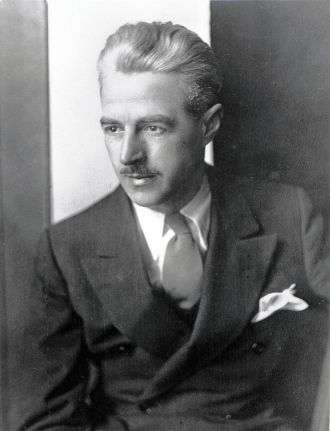Dashiell Hammett
This is a photo of Dashiell Hammett added by Amanda S. Stevenson on July 27, 2020.
Date & Place:
Not specified or unknown.


 Amanda S. Stevenson
Amanda S. Stevenson 

